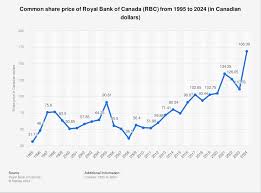
Introduction
The FIFA World Cup 2026 is set to become a historical event, as it will be jointly hosted by the United States, Canada, and Mexico. This will make it the first time the tournament returns to North America since 1994, and it symbolizes the growing impact of football (soccer) in the region. Given the event’s scale, with matches expected in over 16 cities across three countries, the World Cup is poised to bring together a diverse array of fans and foster cultural exchange.
Key Details of the 2026 World Cup
The tournament will feature an expanded format, introducing 48 teams instead of the traditional 32. This change allows for more nations to participate and is expected to generate increased excitement and viewership. Host cities such as New York, Toronto, and Los Angeles are preparing for an influx of tourists and the economic boost that comes with hosting international matches.
As of October 2023, preparations are in full swing, with stadium renovations and infrastructural improvements underway to meet FIFA’s standards. Moreover, initiatives are being developed to ensure inclusivity and accessibility, ensuring that all fans can partake in this global celebration of sport.
Canada, for its part, will host matches in cities like Vancouver and Toronto, marking a significant milestone as it will be the first time the Canadian national team competes in a men’s World Cup match on home soil. This could inspire a new generation of Canadian soccer players and fans, reinforcing the sport’s growth in the nation.
Forecasts and Significance
The FIFA World Cup 2026 is not only a sporting event but also an opportunity for economic growth, cultural exchange, and national pride. Estimates suggest that the tournament could generate billions of dollars in economic activity for the host countries, providing long-lasting benefits beyond just the summer of soccer.
Additionally, the tournament’s embrace of sustainability will set a precedent for future events. With innovations in transport, waste management, and fan engagement, FIFA 2026 aims to showcase how large-scale events can be conducted with minimal environmental impact.
Conclusion
The FIFA World Cup 2026 promises to unite fans from all corners of the globe, foster local economies, and inspire the next generation through the power of sport. As the tournament draws nearer, anticipation will only continue to grow, making this a pinnacle moment in soccer history and a shining beacon for the sport across North America.

